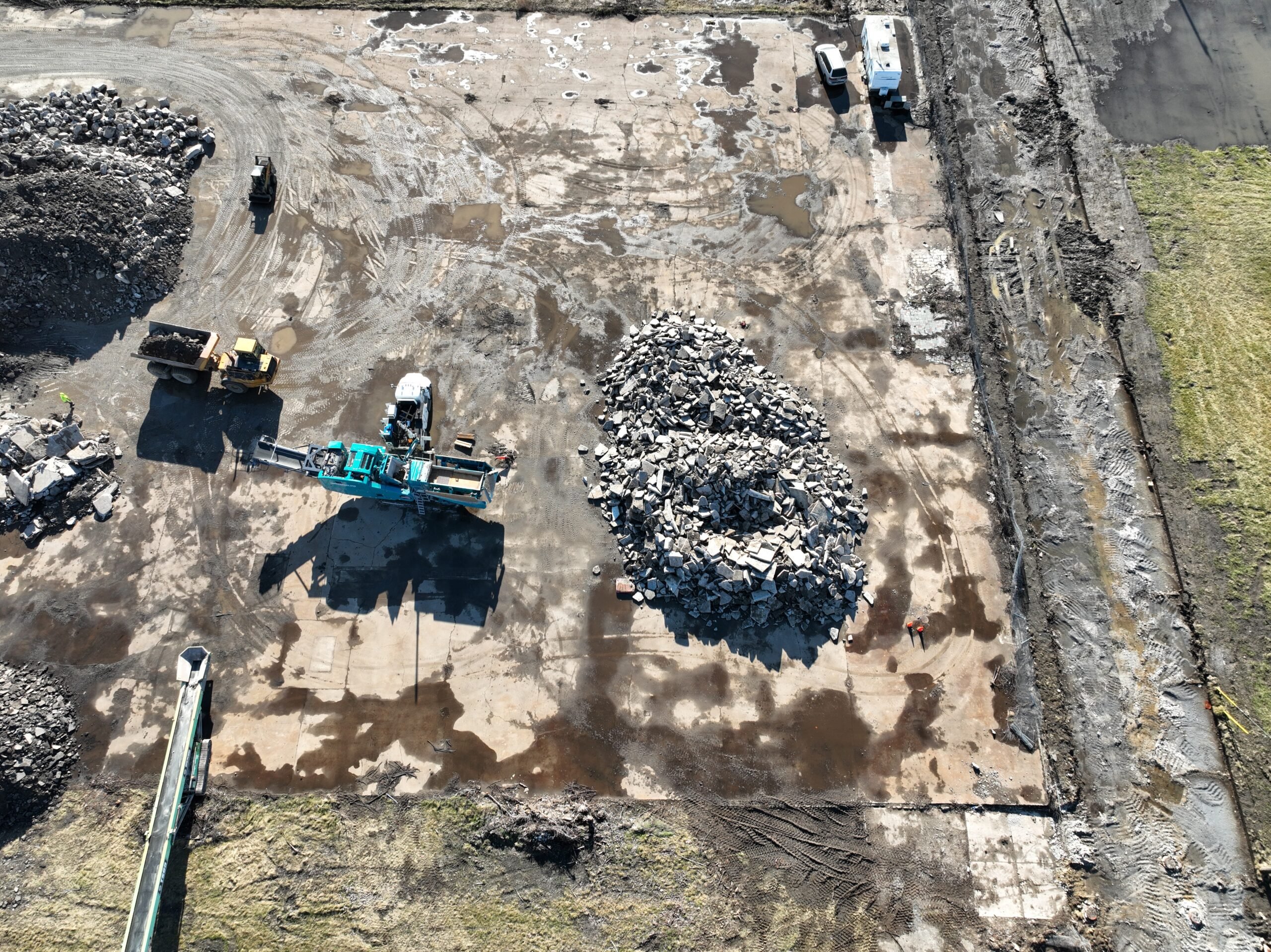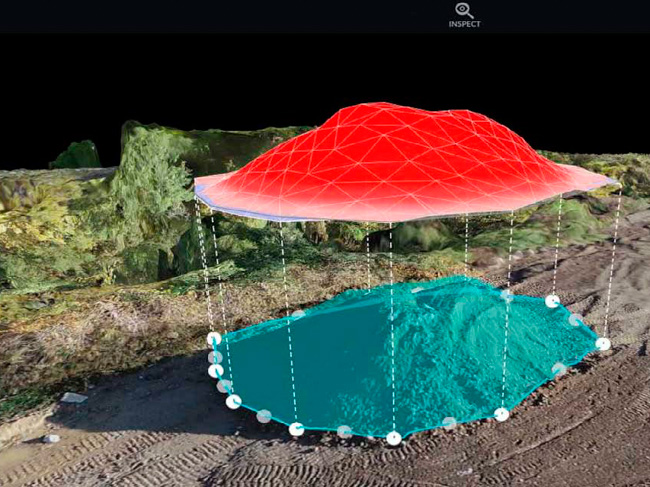Drones have revolutionized the way stockpiles are measured by offering a more efficient, accurate, and cost-effective alternative to traditional methods. Here’s how drones help:
1. High-Resolution Aerial Imaging:
Drones can capture high-resolution images and videos of stockpiles from various angles, offering detailed insights into the size, shape, and volume of materials. These aerial views are more comprehensive compared to ground-level assessments.
2. 3D Mapping and Modeling:
Using photogrammetry software, drones can create 3D models of stockpiles, which allow for precise measurements of volume, height, and shape. This is essential for accurate stockpile volume calculations, even in complex terrains.
3. Real-Time Data Collection:
Drones can fly over stockpiles and gather data in real-time. This is especially useful for industries that require frequent updates, such as mining operations that need to track stockpile inventory and performance on a daily or weekly basis.
4. Remote Sensing and Safety:
Drones can inspect stockpiles in hazardous environments without putting workers at risk. For example, drones can safely monitor stockpiles in areas with steep slopes or unstable ground, reducing the need for workers to be exposed to dangerous conditions.
5. Accurate Volume Calculations:
Drones can use specialized software to calculate stockpile volume based on high-resolution images. The software converts these images into accurate topographical models, allowing for precise calculations, which are critical for inventory management and financial forecasting.
6. Cost Efficiency:
Traditional methods of stockpile analysis, such as manual surveys or using ground-based equipment, can be time-consuming and costly. Drones significantly reduce these costs by automating the process and requiring fewer resources for data collection.
7. Inventory Management:
Drones can be used to monitor stockpile quantities over time, giving businesses an accurate view of inventory levels. This helps improve supply chain management and reduces the risk of stock shortages or overages.
8. Environmental Monitoring:
Drones can also capture data on the environmental conditions around the stockpile, such as erosion or sediment movement. This can help companies stay compliant with environmental regulations and minimize environmental impact.
9. Improved Reporting:
The data collected from drones can be processed and shared in detailed reports, offering stakeholders clear insights into stockpile conditions, trends, and performance.
Overall, drones streamline the process of stockpile analysis, improving efficiency, accuracy, and safety, while also reducing operational costs.



